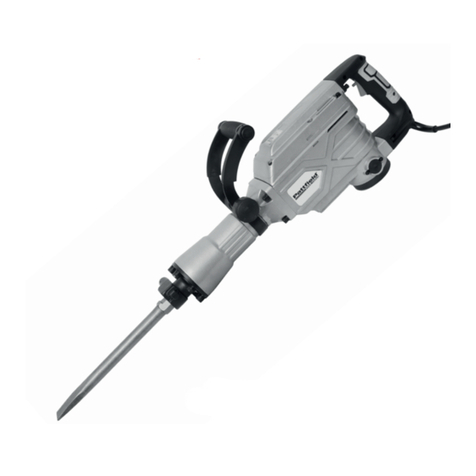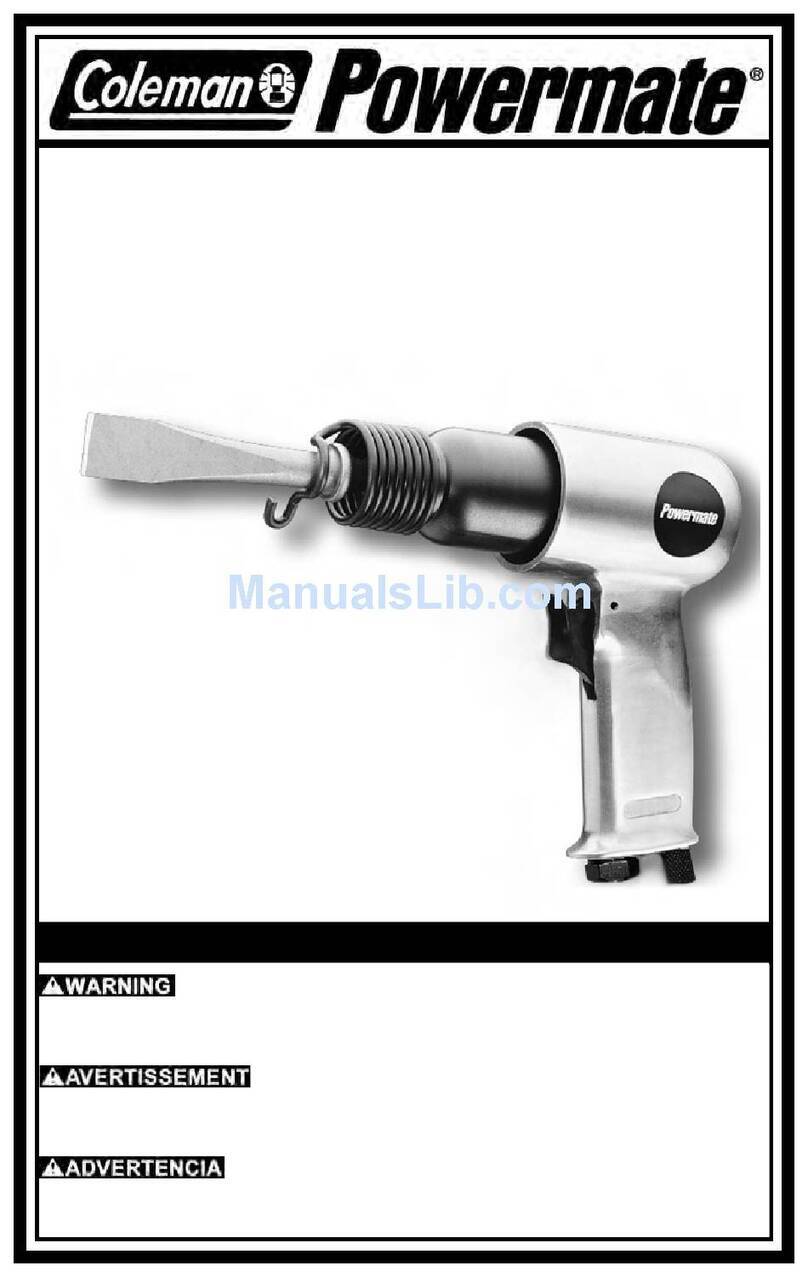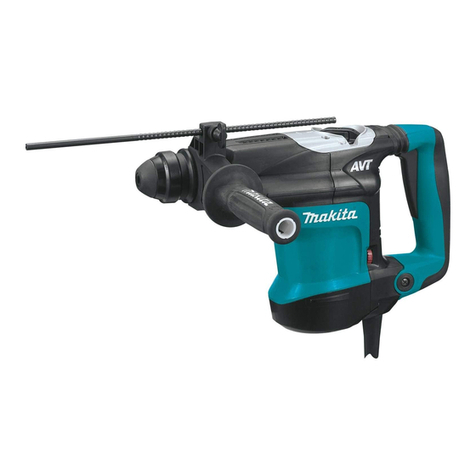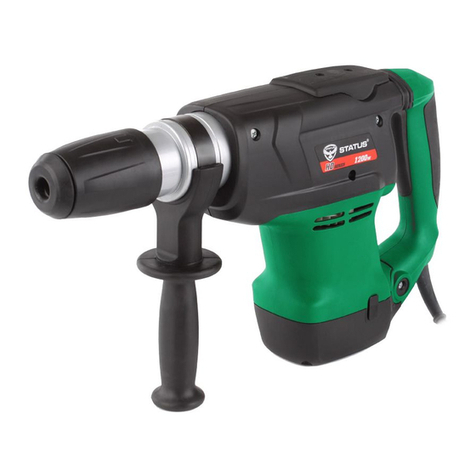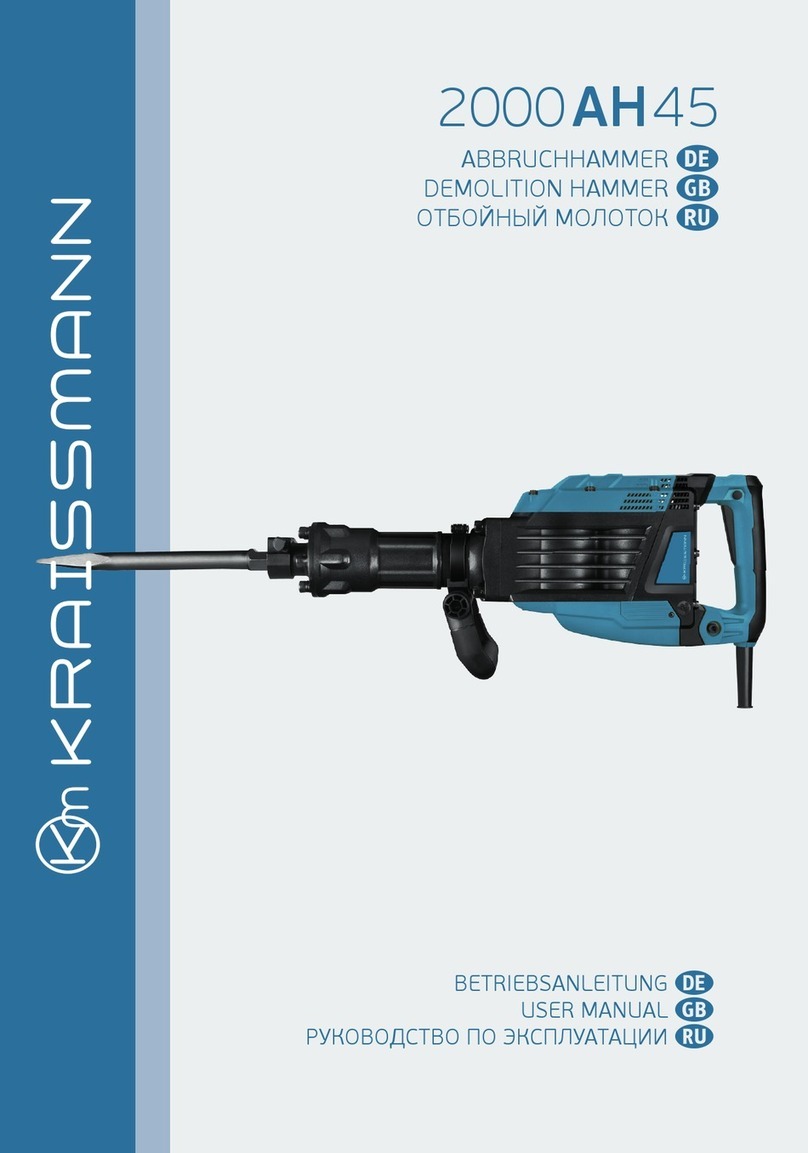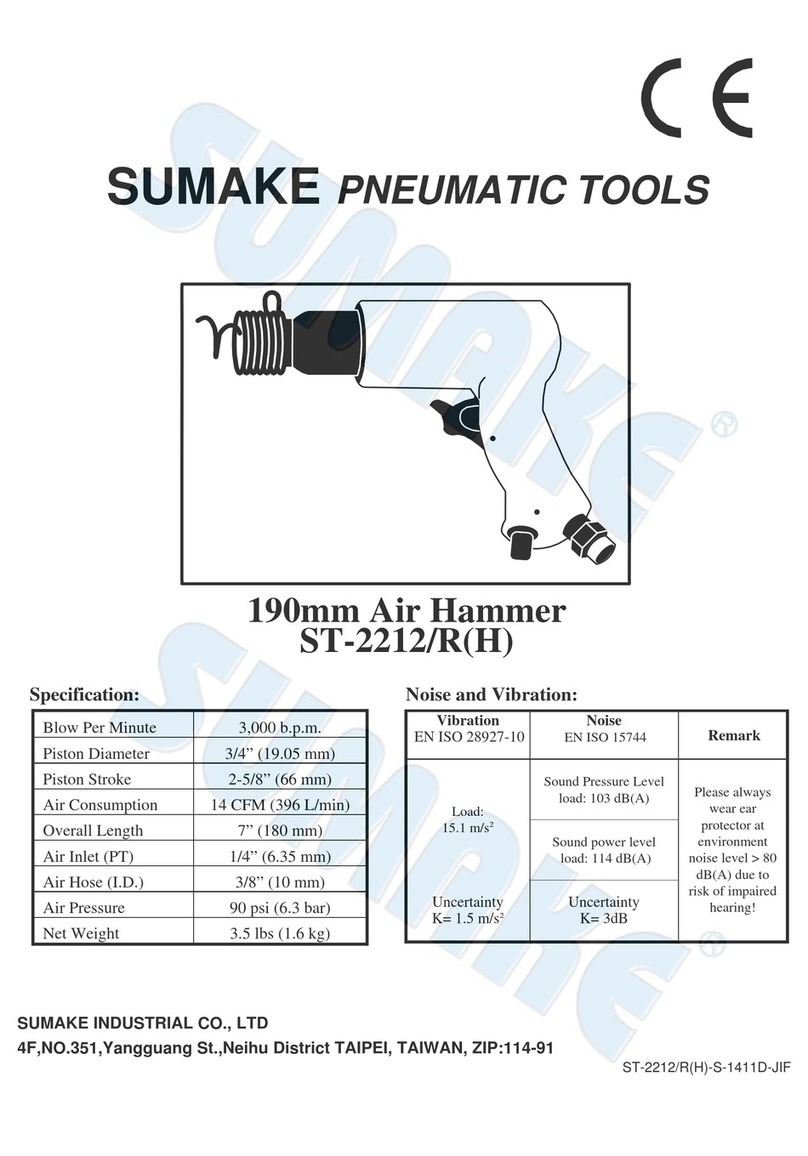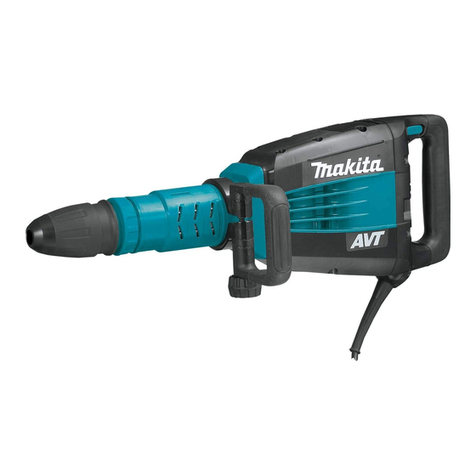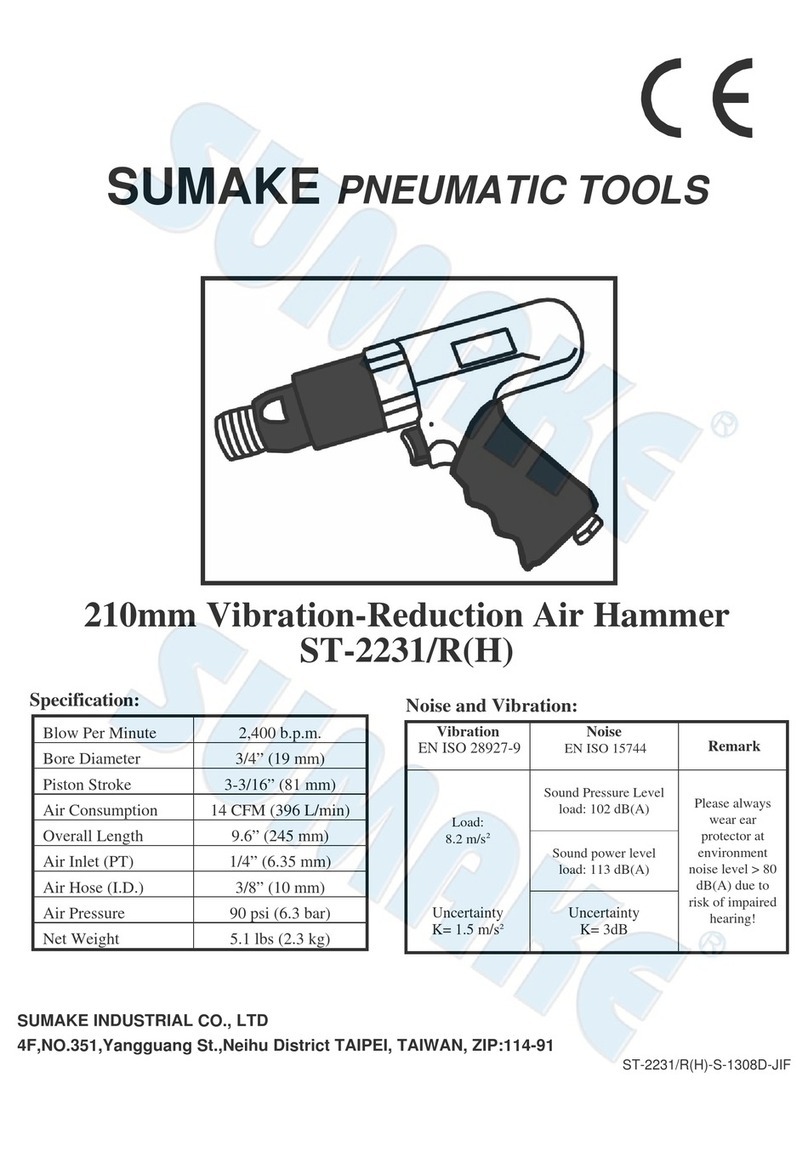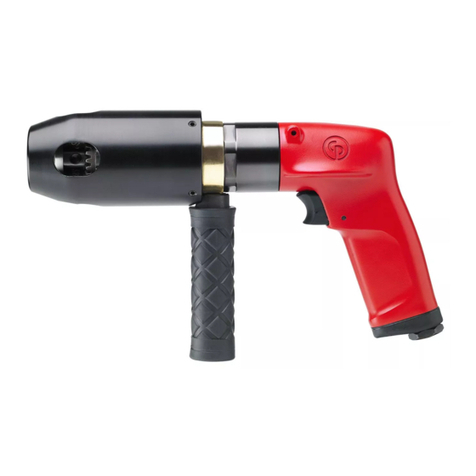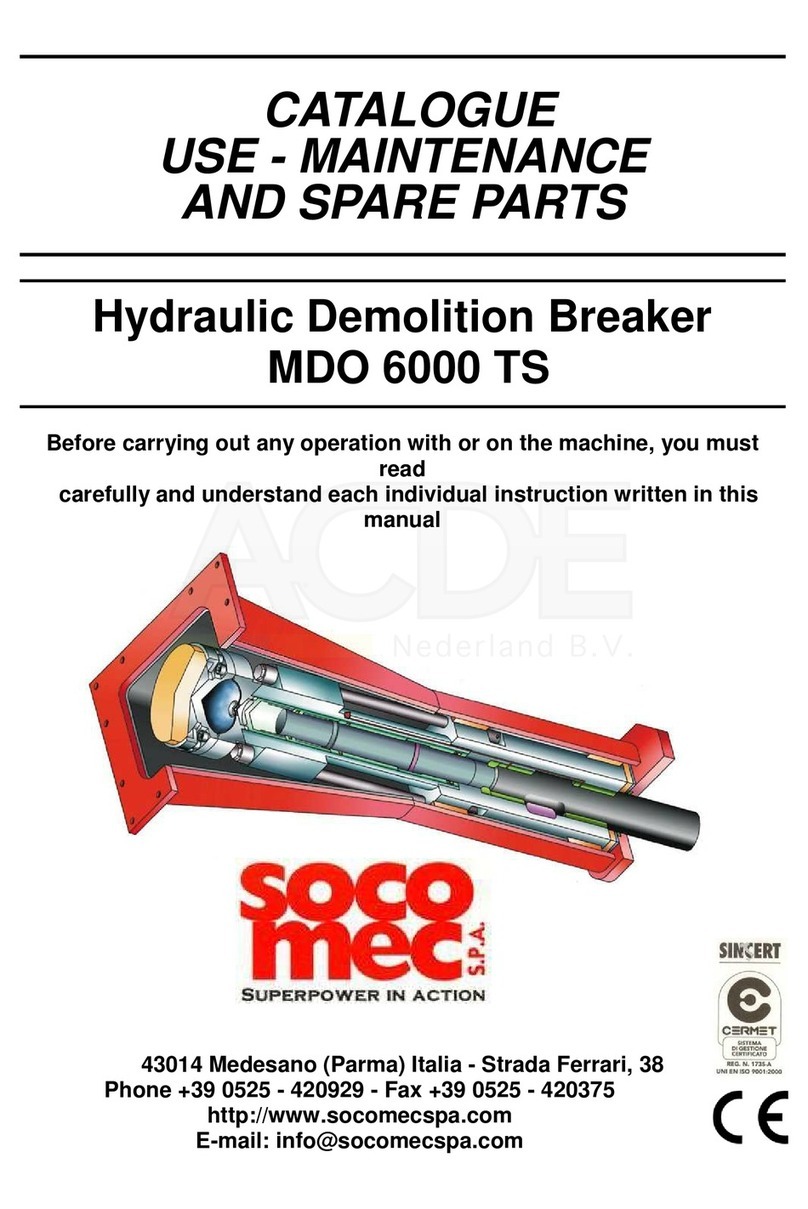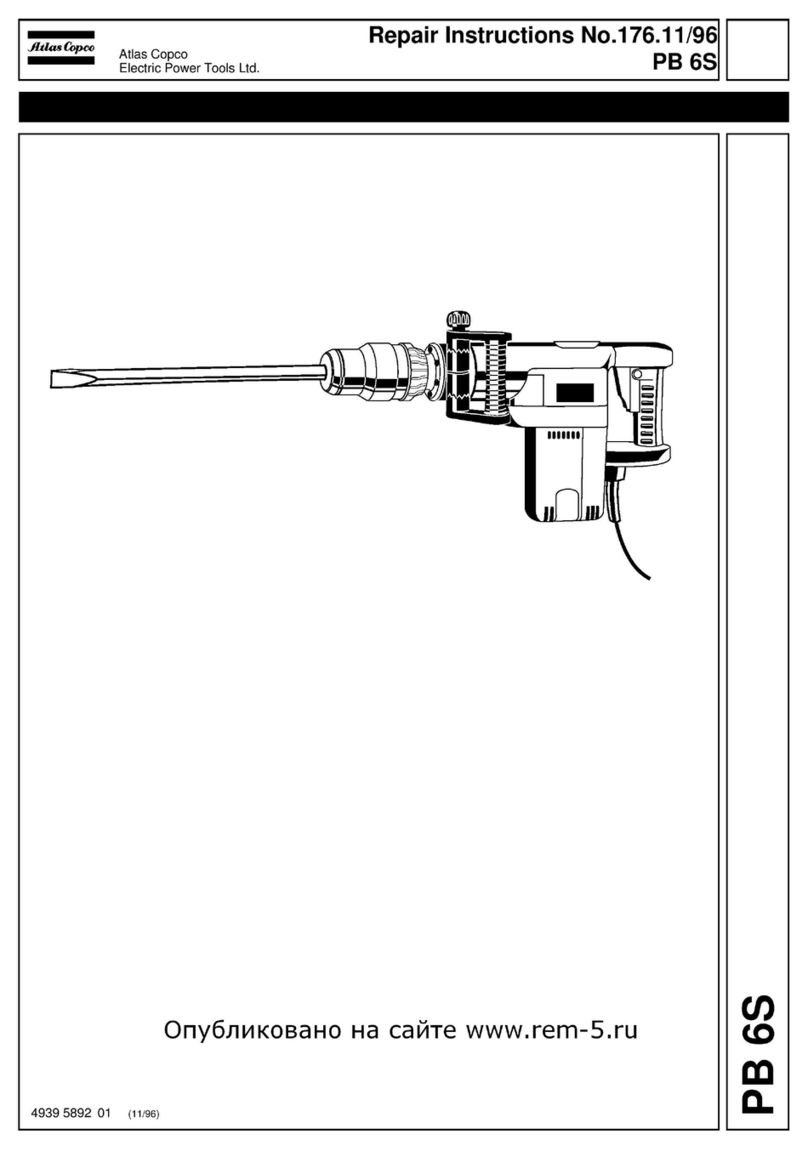
10
• Evitare l’accensione accidentale. Accertarsi che l’interruttore sia in posizione“OFF”
prima di inserire la spina. Se si trasportano gli utensili con il dito sull’interruttore o si
inserisce la spina nella presa con l’interruttore in posizione “ON” au-menta il rischio di
incidenti.
• Togliere tutte le chiavi di regolazione prima di accendere l’utensile. Una chiave
lasciata inserita in una parte rotante di un utensile può provocare danni a persone.
• Non utilizzare l’utensile in condizioni estreme. Mantenere sempre l’equilibrio ed i
piedi ben appoggiati a terra. Questo consente un maggior controllo dell’utensile in caso
di imprevisti.
• Indossare un abbigliamento adeguato. Non indossare abiti svolazzanti o gioielli.
Tenere capelli, vestiti, e guanti lontani dalle parti in movimento. Abiti svolazzanti,
gioielli o capelli potrebbero impigliarsi nelle parti in movimento.
• In presenza di apparecchiature per il collegamento a dispositivi di aspirazione e
raccolta delle polveri, accertarsi che essi siano collegati ed utilizzarli correttamente.
L’uso di queste apparecchiature può ridurre i rischi causati dalla polvere.
USO E MANUTENZIONE DELL’UTENSILE
• Utilizzare l’utensile più adatto per il lavoro da svolgere. L’impiego dell’utensile giusto
migliora la qualità del lavoro e la sicurezza.
• Non utilizzare l’utensile se non è possibile accenderlo e spegnerlo con l’apposito
interruttore. Gli utensili che non possono essere controllati con l’interruttore sono
pericolosi e devono essere riparati.
• Staccare la spina dall’alimentazione di corrente prima di eseguire regolazioni,
cambiare accessori o riporre l’utensile. Osservando queste precauzioni si riduce il rischio
di accensione accidentale dell’utensile.
• Riporre gli utensili non utilizzati fuori dalla portata dei bambini e non consentirne
l’utilizzo a persone che non conoscono l’utensile o queste istruzioni. Nelle mani di
persone inesperte gli utensili possono diventare pericolosi.
• Sottoporre l’utensile a manutenzione. Vericare il corretto allineamento di tutte
le parti mobili, controllare che non siano grippate e che non vi siano rotture o
altri guasti che potrebbero inuire sul funzionamento dell’utensile. Far riparare gli
utensili danneggiati prima di riutilizzarli. Molti incidenti sono causati da utensili in pessime
condizioni.
• Tenere le punte e gli strumenti da taglio puliti ed alati. Se sottoposti ad una regolare
manutenzione e pulizia consentono di lavorare in modo più preciso e sono maggiormente
controllabili.
• Utilizzare l’utensile, gli accessori, gli attrezzi etc. secondo quanto indicato in queste
istruzioni nonché tenendo in considerazione le condizioni di lavoro e il lavoro da
eseguire. L’impiego di utensili per scopi diversi da quelli per cui sono stati progettati può
dare origine a situazioni pericolose.
IT
AVVERTENZE GENERALI DI PERICOLO PER ELETTROUTENSILI
